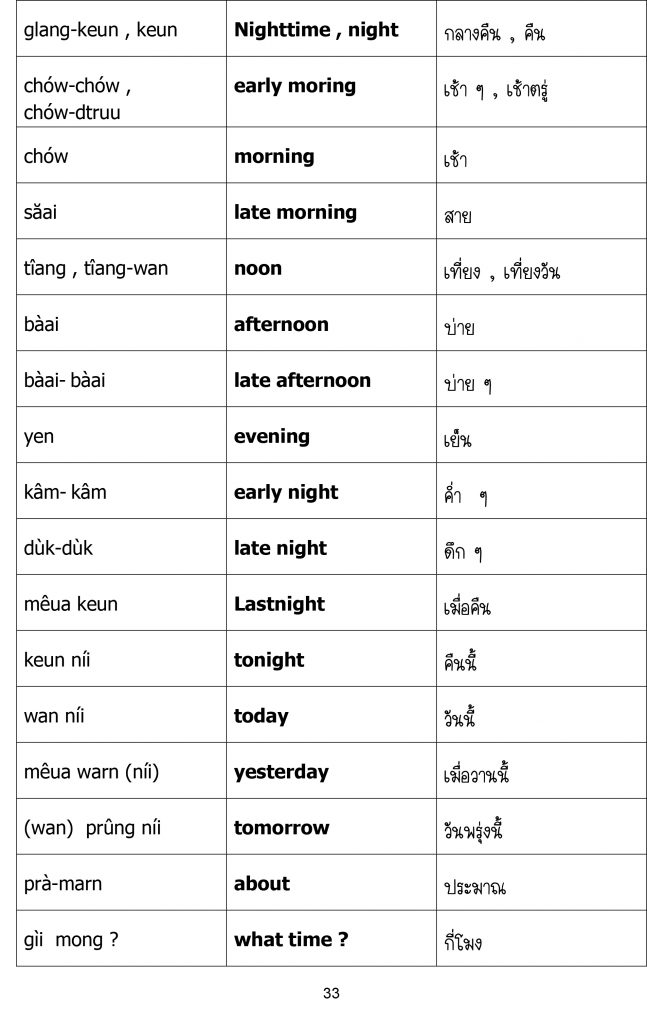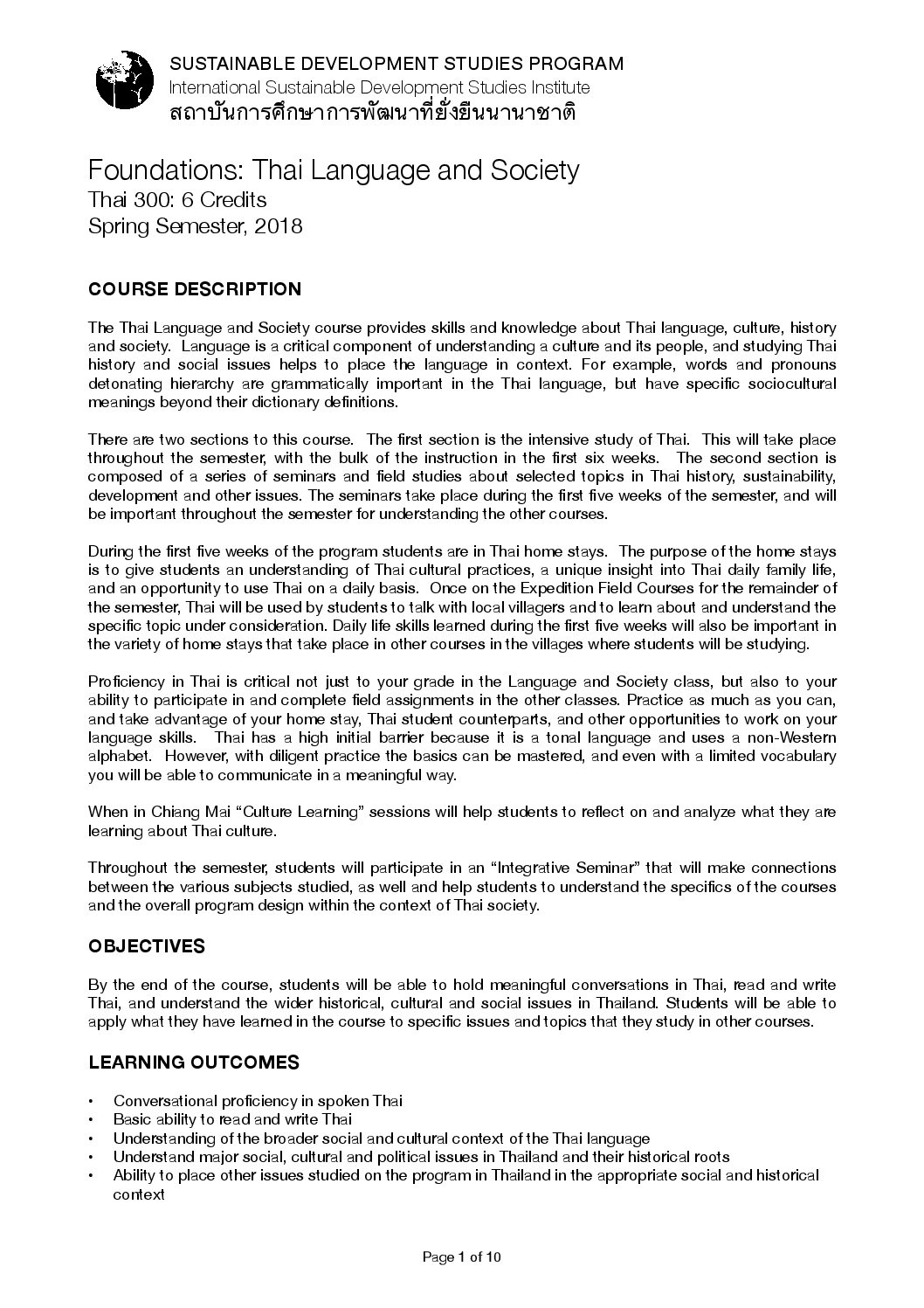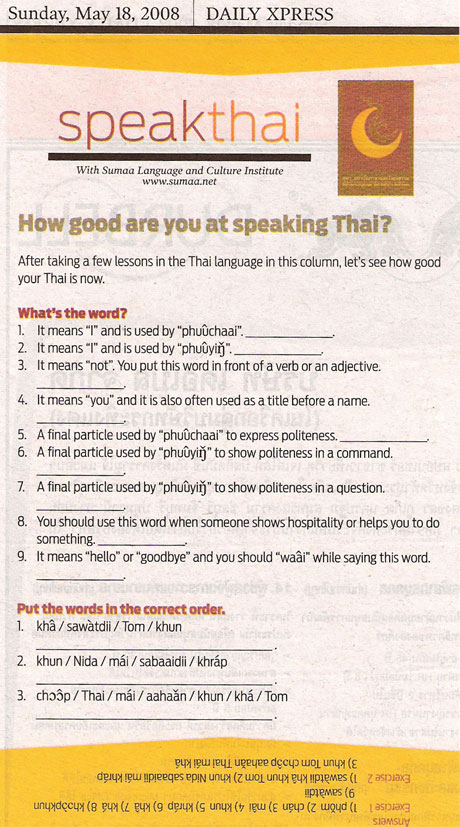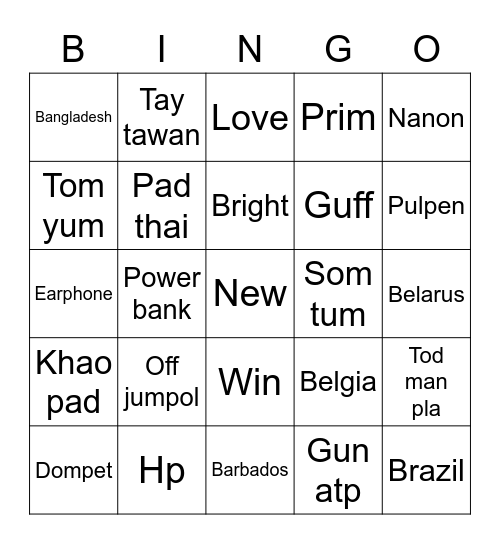
How To Say Thai Language Numbers
Learning Thai Numbers: A Step-by-Step Guide learn thai language Thai numbers may seem daunting at first glance, but with a little practice, you’ll be counting like a native speaker in no time. Here’s a step-by-step guide to help you master Thai numbers: 1. Start with the Basics: 0-10 The foundation of Thai numbers lies in […]
Learning Thai Numbers: A Step-by-Step
Guide

Thai numbers may seem
daunting at first glance, but with a little practice, you’ll be counting like
a native speaker in no time. Here’s a step-by-step guide to help you master
Thai numbers:

1. Start with
the Basics: 0-10

The
foundation of Thai numbers lies in the digits 0-10. Familiarize yourself with
their pronunciation and spelling:

- 0 – ศูนย์ (soon)
- 1 – หนึ่ง (neung)
- 2 –
สอง (song) - 3 – สาม (saam)
- 4 – สี่
(see) - 5 – ห้า (haa)
- 6 – หก (hoke)
- 7 – เจ็ด (jed)
- 8 – แปด (paet)
- 9 – เก้า
(kao) - 10 – สิบ (sip)
2. Build
Numbers from Tens and Ones

Once you’ve grasped the basics, you can start forming numbers from
tens and ones. For example, to say “twenty-one,” you combine the words for
“ten” (สิบ, sip) and “one” (หนึ่ง, neung), resulting in “ยี่สิบเอ็ด” (yee sip
et).
3. Learn the Special Case of Twenty
The
word for “twenty” in Thai, “ยี่สิบ” (yee sip), is a unique exception to the
pattern of combining tens and ones. For numbers between twenty and twenty-
nine, simply add the corresponding digit to “ยี่สิบ” (yee sip). For instance,
“twenty-two” is “ยี่สิบสอง” (yee sip song).
4. Counting
Numbers from 30 to 99
To form numbers from thirty to ninety,
follow a similar approach: combine the word for “hundred” (ร้อย, roy) with the
corresponding ten and one digits. For example, “forty-five” would be
“สี่ร้อยห้าสิบห้า” (see roy haa sip haa).
5. Handle Numbers
from 100 to 999
When counting numbers from 100 to 999, you’ll
need to use the word for “thousand” (พัน, phan) along with the corresponding
hundred, ten, and one digits. For instance, “three hundred and fifty-six”
would be “สามร้อยห้าสิบหกพัน” (saam roy haa sip haak phan).
6.
Pronunciation Tips
Thai numbers are pronounced in a tonal
language, which means that the pitch of your voice can change the meaning of a
word. While mastering tones takes practice, here are some general guidelines:
- Numbers 1-5 have a rising tone.
- Numbers 6-9
have a falling tone. - Numbers 0, 10, and 100 have a mid
tone.
7. Practice and Repetition
Like any new skill, mastering Thai numbers requires consistent
practice and repetition. Use flashcards, listen to audio recordings, and try
counting everyday objects in Thai to improve your fluency.
Remember,
learning Thai numbers is a journey, not a race. Be patient with yourself,
celebrate your progress along the way, and enjoy the process of discovering a
new language.


